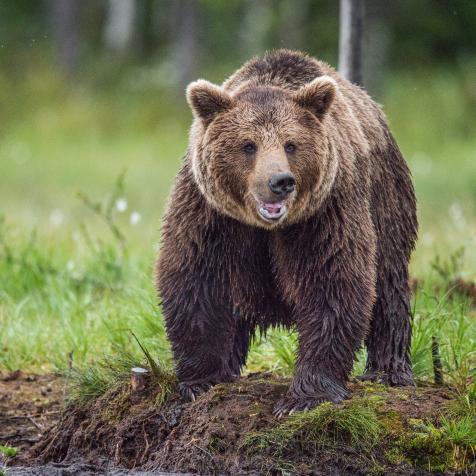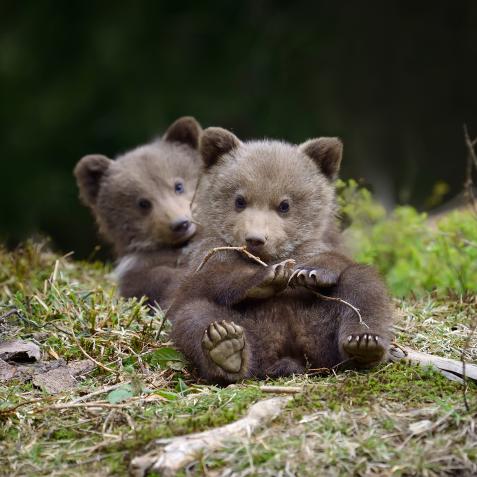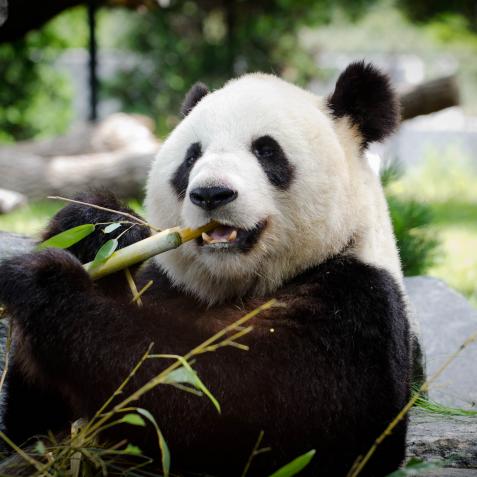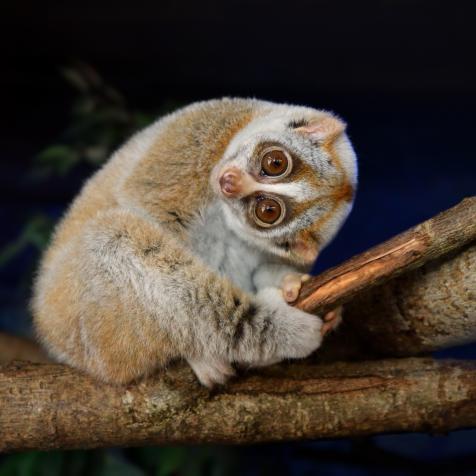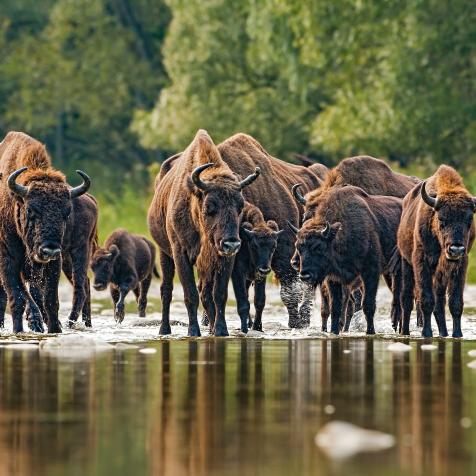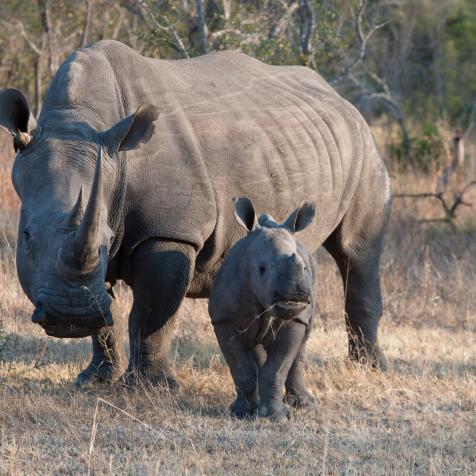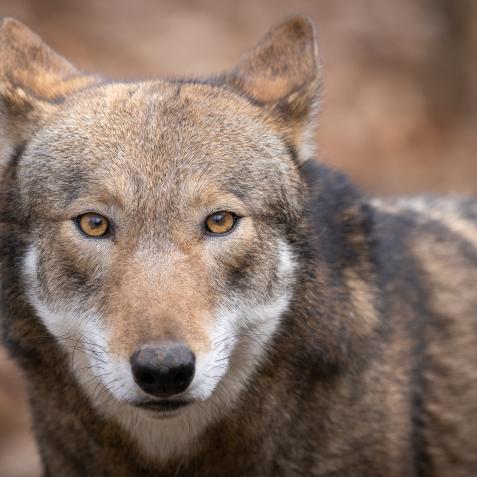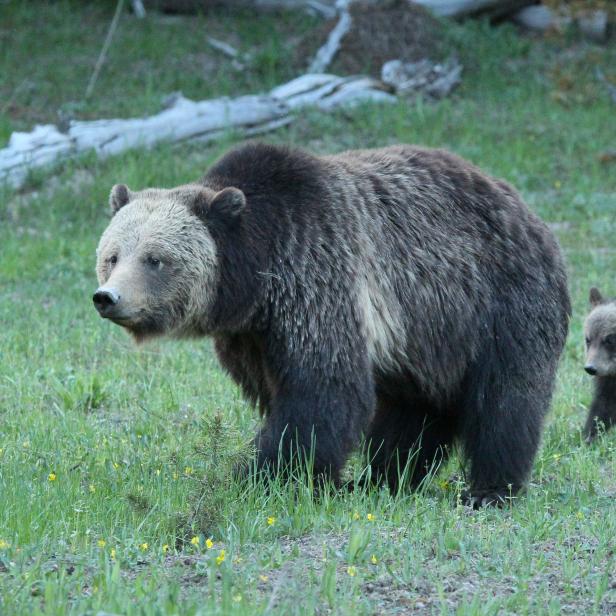
SOPA Images
Yellowstone’s Oldest Bear was a Whopping 34 Years Old
The oldest grizzly thought to have roamed the Yellowstone region was identified as being a whopping 34 years old, after biologists spotted a mark on his lip made in 1989.
The bear was sadly euthanized last summer — in a decision made by US Fish and Wildlife Service — as he was caught preying on calves owned by nearby ranchers in southwestern Washington. On examination, scientists saw the number 168 tattooed on his lip, which enabled the biologists to date him.
There are around 728 grizzlies in the Greater Yellowstone Ecosystem, and they’ve gradually expanded their habitat by more than 50%. The number of females producing cubs in the park has remained relatively stable since 1996, according to the NPS, which suggests that the park may be at or near ecological carrying capacity for grizzly bears. The park is home to both grizzly and black bears, with the former having a much smaller range in the US than the black bear.
The grizzly — also known as the brown bear in coastal Alaska and Eurasia — is only seen in a few isolated locations in the lower 48 states. Until 1975, they were listed as a threatened species due to unsustainable levels of human-caused mortality, habitat loss, and significant habitat alteration. In the same year, two grizzlies were killed in Yellowstone after they entered an illegal campsite.
The bear’s age came as a surprise as females usually outlive male bears. The oldest known grizzly female lived to 27, meaning the bear found last year was older by a long shot. When he was caught, bear 168 had just three remaining teeth, ground down to almost nothing, which would explain why he was hunting calves, as they are easier prey.
“It was sad that we had to put him down, but ethically there was nothing else that could be done, Dan Thompson, a biologist with Wyoming Game and Fish told the Jackson Hole News and Guide.
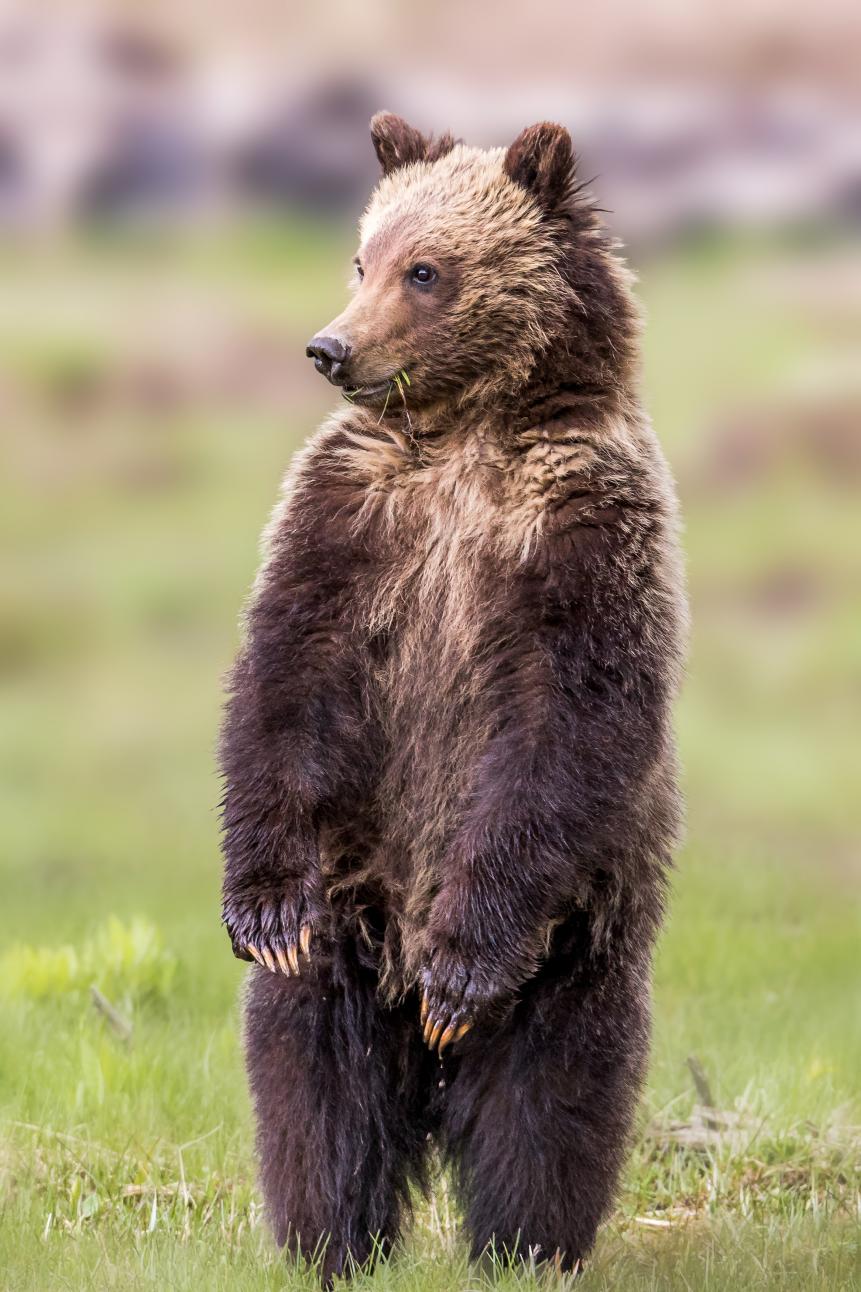
Troy Harrison
The bear first was caught in the Shoshone National Forest in 1991 when he was three years old, and weighed 450 lbs, much more than the 170 lbs that he weighed when he died. The bear was also captured north of Dubois in May 1996, but lost its radio collar the following year. It’s not known exactly where the bear was for the remaining years, but DNA tests indicate that he was father to a litter of three cubs in either 2005 or 2006.
Scientists believe, based on genetic evidence, that the male bred when he was 31 years old, saying there is “good potential” that he sired another litter in 2009, back when he was 23.
Relocating the animal, even though he had avoided known conflict for decades, “wouldn’t have been the right thing to do,” Thompson added.










